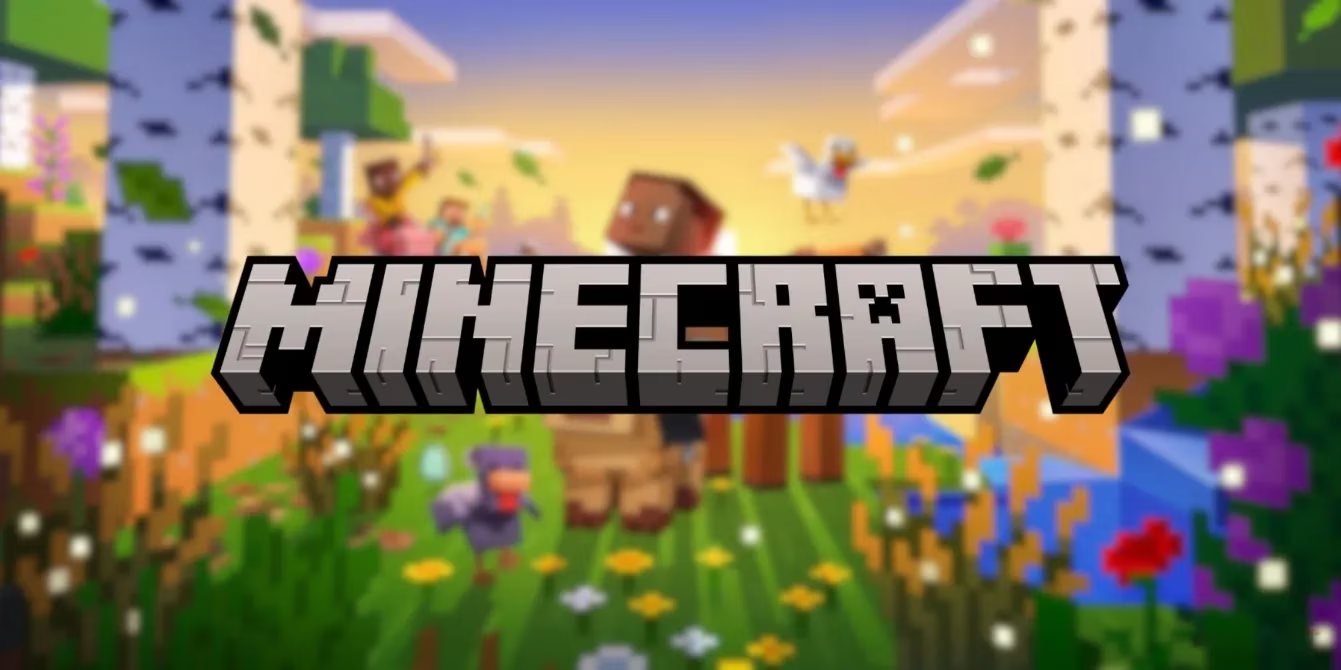Minecraft's VR Farewell: A Gamer's Take on the Bedrock Update
Minecraft's 2025 Bedrock Update removes VR support but introduces Flat World presets and exciting new features, enhancing creativity and gameplay immersion.
Well, here we are in 2025, and my beloved Minecraft has just dropped a bombshell in its latest Bedrock Edition patch—saying goodbye to virtual reality support. As a seasoned game enthusiast who's spent countless hours in blocky worlds, I gotta say, this feels like losing a dear friend. I vividly recall strapping on my VR headset, feeling the rush of immersion as I mined diamonds or battled creepers; it was like stepping into a pixelated dream, albeit one that occasionally made me stumble over my coffee table. Ah, the memories! But hey, Mojang didn't leave us high and dry—they've rolled out some nifty additions like Flat World presets, which give us a pristine canvas to build without those pesky jagged landscapes. Finally, I can create my mega-castle without spending hours flattening terrain. 🎮
First off, let's dive into the juicy bits of this Bedrock Edition 1.21.80 update. The VR shutdown wasn't entirely a shocker, as Mojang hinted about it back in October 2024, planning to axe it this spring. But come on, did they have to rush it? Players like me squeezed out a few extra weeks of VR fun, but now it's officially gone. I mean, Minecraft joined the ranks of epic VR open-worlders like No Man's Sky and Skyrim, so it's a real bummer for immersion junkies. Picture this: you're floating in the Nether, lava bubbling beneath you—pure magic! But alas, it's history. To capture that vibe, here's a snapshot from the golden days:  . Doesn't that make you nostalgic?
. Doesn't that make you nostalgic?
Now, onto the brighter side—those Flat World presets. Mojang added these to give us a clean slate, and let me tell you, it's a game-changer. Building my underwater city last week was a breeze; no more tedious digging through mountains! Plus, they threw in a slew of bug fixes to smooth things out. As a player who's endured glitches like phantom sounds or blocky hiccups, this is heaven-sent. Here's a quick rundown of the key fixes:
-
Audio tweaks: No more random creeper hisses when I'm peacefully farming sheep. 🐑
-
Block improvements: Stairs and slabs now align perfectly, saving my sanity in builds.
-
Crafting updates: Dried ghast recipes got simplified—less hassle, more fun!
These tweaks make gameplay feel seamless, almost like butter on toast. And hey, if you're like me, who occasionally trips over virtual cobblestones, this is a lifesaver.
But the update isn't all about removals—Mojang's experimenting with leads, and this has me giddy with excitement. Imagine tying mobs together, say, leashing a zombie to a boat, much like Michonne from The Walking Dead. I tried it out last night: herding a bunch of cows across a river felt oddly satisfying and hilariously chaotic. One false move, and they all toppled over—comedy gold! It's these little touches that keep Minecraft fresh after all these years. Since its 2011 debut, it's become the best-seller with nearly 170 million monthly players now in 2025, so innovations like this show Mojang's still listening to us fans.
Reflecting on the VR farewell, I'm torn. On one hand, it stings—I loved that deep dive into the voxel universe. But on the flip side, some casual pals had no clue VR even existed, calling it a 'hidden gem.' Still, with mods like Vivecraft (which rocked on SteamVR and Oculus Rift), the community might find ways to keep the dream alive. As I ponder this, I can't help but wonder: is this move a step back, or a leap toward focusing on core experiences? What does the future hold for immersive gaming—will VR fade, or evolve into something wilder? Share your thoughts, fellow builders—let's chat over a virtual campfire! 🔥
Information is adapted from Newzoo, a leading provider of global games market analytics. Newzoo's latest reports highlight Minecraft's enduring popularity, noting its impressive monthly active player count and the game's ability to evolve with new features like Flat World presets. Their data also underscores how shifts in platform support, such as the removal of VR, reflect broader industry trends in player engagement and technology adoption.